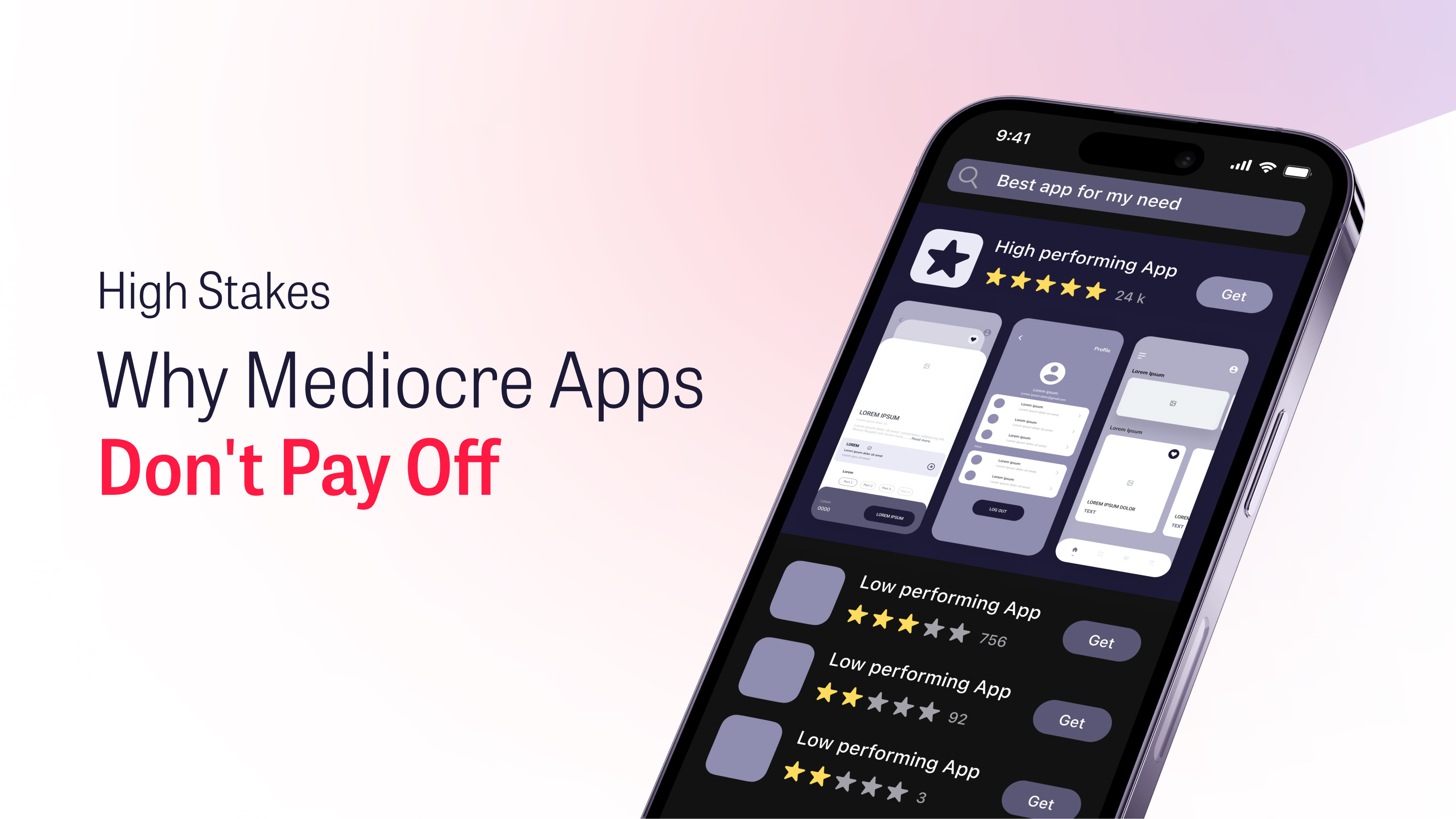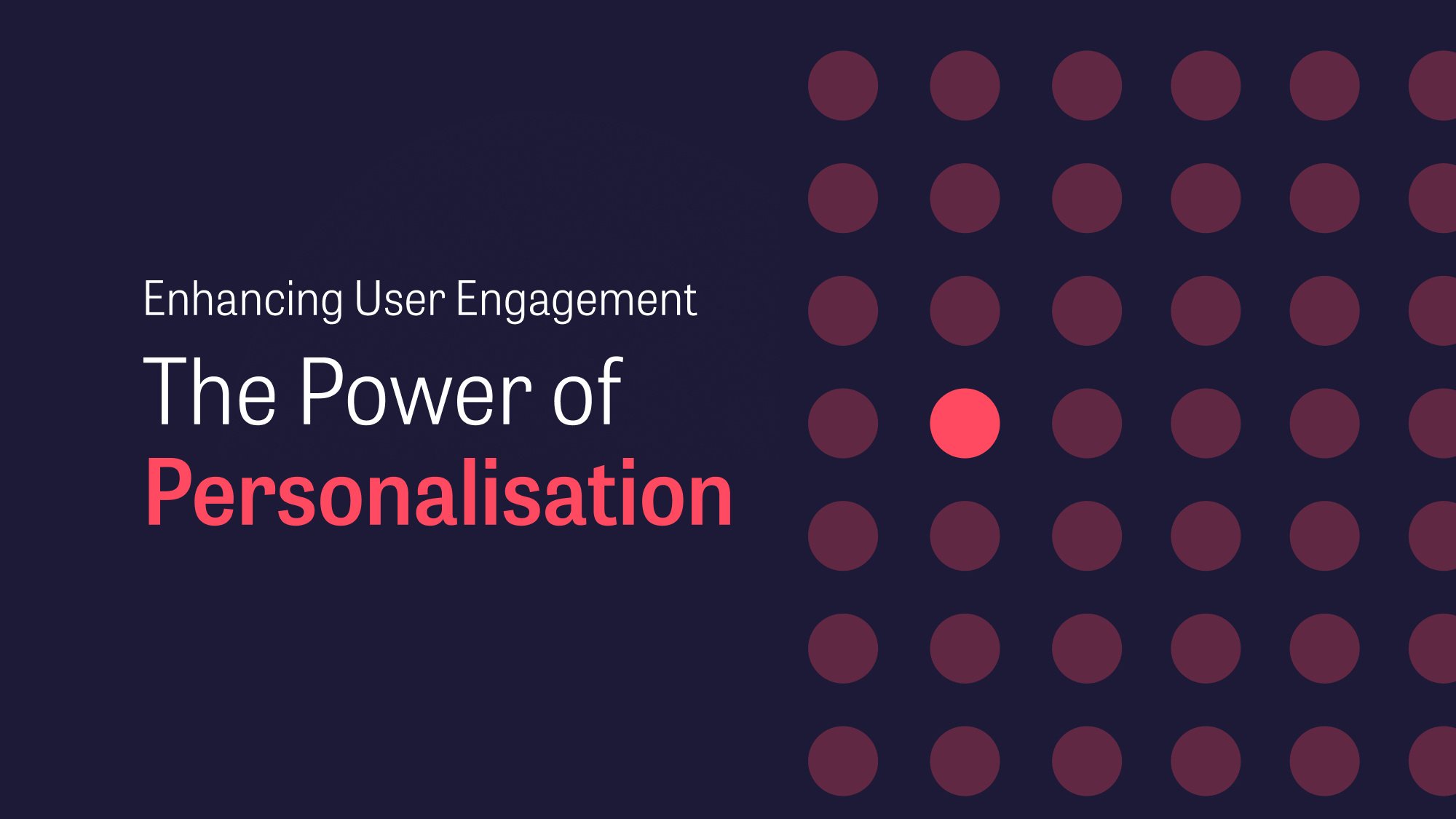
What is mobile commerce?
With over 5 billion* mobile internet users worldwide and with mobile devices representing 56.9% of all internet usage, mobile commerce is a growing channel for conducting business online. Mobile commerce or m-commerce refers to any transactions that occur through a mobile device, namely tablets and smartphones. M-commerce can be seen as an extension of e-commerce that is evolving with technology and user behavior. In 2021, m-commerce revenue rounded the $3.56 trillion**, which accounts for over half of the total revenue for e-commerce. With this said, companies are transferring their business to the m-commerce world in order to keep up with digitalization, gain competitive advantage and to satisfy the demanding consumer.
There are 3 types of m-commerce. Mobile shopping is about making online purchases on dedicated shopping apps and through in-app purchasing on various kinds of apps. These purchases can be of any nature, from shopping to grocery deliveries, to ordering a taxi or subscribing to content. Another kind of m-commerce is mobile payment which is the use of virtual wallets and payment apps to complete transactions online and in-store. Lastly, mobile banking is, as the name suggests, an online banking solution for mobile devices. It allows its users to have most banking services remotely, giving full flexibility and convenience over their finances. But how can these types of m-commerce bring value to a business?
How does a business benefit from m-commerce?
Insightful customer data and personalization
Embracing m-commerce creates opportunities for both businesses and consumers. With m-commerce businesses can gain insightful data about consumers, their habits and preferences, allowing them to tailor their offerings. Personalization is a key player in providing an individualized experience to the user and replicating a seamless customer service. For mobile shopping it is especially important to invoke the personal feeling and connection with the customer and doing so creates loyalty and retention. Companies are now able to be closer to their target customers. This digital channel has the power to increase sales as well as drive users to physical stores.
A strong example of how a business can gain insights into the customer and improve their offering is MineTilbud. Their app has allowed users to create customizable lists and shortcuts to their favorite products and brands. By doing so, MineTilbud can now easily learn about the users’ preferences and promote content that will fit their needs.
Enhanced offering
The use of mobile devices can aid in the creation of competitive advantage. Personalization is only one of the advantages of how technology can improve a business offering through an app. When thinking about mobile shopping, this has simplified the buyer journey as compared to a traditional store or even web. On an app the shopping process is automated as there is no need to log-in every time a user accesses the app. Additionally, all customer information is previously saved such as delivery details, favorites, etc, eliminating the need to re-enter it whenever a user wants to complete a transaction. The payment experience is also optimized with the help of new and simplified payment methods.
For some businesses, an app can complement their physical operations. Incorporating QR codes into stores and having special in-store purchasing experiences promotes convenient and flexible shopping options. A success case for this example is Solar Mobile. Their app has a Drive-In feature that allows customers to walk to a store location and by scanning a store QR code users can browse, find products and complete payments all on the app.
Augmented reality (AR) is changing how businesses can invoke real life experiences through m-commerce. Customers can now try shoes, makeup and other products without leaving their homes. AR gives users an immersive experience of how they would feel trying on or seeing products physically. Some apps can project items to the users’ own space, others can identify body parts and facial features in order for customers to try on products. The IKEA Place app places furniture in users’ homes so they can have a clear picture of how it would look and make a confident purchase. For businesses, this technology enables them to stand out from the crowd and offer their customers a new experience.
Wide audience reach
Another benefit of m-commerce is its reach. Growing from a local business to a global one is being facilitated by mobile commerce. Mobile shopping and mobile banking are connecting companies and banking organizations with new clients worldwide. Thus, internationalization strategies and processes are shifting to accompany this digital trend. All across the board from commerce companies to banks and payment providers, these all achieve a global reach that was unattainable without digital solutions. The main difference from e-commerce and m-commerce in this sense is that an app can be released in a global market whereas a webpage can lack global visibility.
Whether a company is trying to reach a specific market or trying to scale it to multiple ones, an app allows them to slowly spread to their targets. The content app ALLY was designed to make their podcasts, videos and articles available everywhere by being accessible on a mobile device. This has allowed Aller Media to spread their content across Denmark and to other Nordic countries. On top of that, ALLY allows users to share content between each other with the ShareWithYou feature. This intensifies word of mouth and the potential reach of the content and the app to new users.
Cost savings
In general, online operations can reduce physical operational costs such as costs with shops and customer service. In the case of banking organizations, mobile banking has come to replace physical banking branches. Fewer branches results in lower maintenance and operating costs while maintaining the quality of the services and being able to provide full support to customers with an extended customer service. Despite that, it is important to note that m-commerce comes with other costs of maintaining the digital product. The initial investment in a digital solution like an app is also costly.
Having information about users by doing product analytics allows companies to know their users but also to plan and predict accordingly. For instance, clothing brands can keep track of favorite products, users’ tastes and trends, and plan production levels and inventory. This is extremely advantageous for saving on storage and distribution costs. Additionally, being solely an m-commerce business even reduces costs with securing stocks and store rents.
Another cost saving an app facilitates is marketing. The wide audience reach, word of mouth and social media all pose an important role in creating brand awareness. Traditional marketing channels are expensive and many times these are not enough to ensure that the message reaches the desired audience. Digital marketing is direct and thus more targeted and effective in generating engagement and conversion. Not having third parties involved in the marketing strategy means digital marketing is cheaper.
The DLG app is a modern sales channel that came to support DLG's current business. Moving from sales consultants to m-commerce is allowing them to drive users to the app and away from making phone calls. Not only is it giving autonomy and flexibility to users as it is allowing DLG to save on costs and the workload of consultants.
What are the main benefits for the user?
Speed and convenience
M-commerce offers convenience and quick transactions to take place anywhere and at any moment. This speed is one of the reasons m-commerce keeps growing, as consumers can make fast purchases using quick and comfortable payment methods. Whether we are talking about mobile shopping, mobile payment or mobile banking, all are quicker substitutes of their traditional services. An app requires, per norm, fewer clicks than a website to accomplish an action, meaning that completing a transaction on an app is faster than by other mediums. As long as there is a stable internet connection, a user can conveniently conclude a transaction anytime and on the go.
Payment security
Although online payments can still cause uncertainty to some users, it is becoming increasingly safer. Virtual cards on a digital wallet and credit card transactions are already protected by the card issuer with data encryption. Thus, merchants and other parties have no access to the users’ data. Additionally, digital wallets are protected by codes and other methods of authentication, making it even more secure. Apart from the security provided by card issuers and the apps, a user should also take some precautions - using trustworthy apps, not using public networks to complete transactions and updating the operating system of their phone - these are simple safety measures a user should take when engaging in m-commerce transactions.
Are there any drawbacks of m-commerce?
Low conversion rate and competitive market
Users are embracing m-commerce and shifting from traditional commerce however, the number of apps used per individual is decreasing. Users are focusing on a fewer number of apps per category thus making it intensely competitive to penetrate the market. Additionally, the use of apps does not necessarily translate into revenue. A lot of people use apps as a means to get information, browse and plan shopping trips, ultimately completing a transaction in-person. The conversion rate for mobile devices is still lower than for desktop and the average order value is also higher on desktop.
Scams and data breaches
Another drawback of m-commerce is being subject to scams and data breaches. Being online means that hackers could potentially gain access to valuable information that compromises the user. Some precautions to increase security that have already been mentioned such as not using public networks to make transactions, downloading trustworthy apps and updating the phone’s operating system, can make a difference when it comes to avoiding being scammed.
What is the future of m-commerce?
Across the globe, consumers are progressively more connected to their smartphones and choosing mobile solutions for their daily needs. The newer generations are growing with mobile phones and driving the need for digital substitutes of traditional businesses but, in particular, mobile solutions. Thus, in the near future we will continue to see a shift towards m-commerce to replace traditional and other e-commerce channels as users become more demanding with technology.
The pandemic has challenged businesses and has accelerated the shift from traditional services to digital solutions like mobile commerce. Not only has there been a change in the consumer mindset and behaviour regarding shopping but also regarding their financial needs. The appearance of Covid-19 has resulted in businesses finding refuge in digital solutions in order to survive, namely in improving mobile commerce channels. Furthermore, statistics*** show that the pandemic accelerated the use of mobile banking all over the world. Now that most of the world has overcome Covid-19, this trend toward m-commerce is here to stay.
SOURCES
* Statista - Internet usage 2022
** Insider Intelligence - Mobile Commerce Stats & Trends in 2022
*** BCG - The front-to-back digital retail bank 2021





